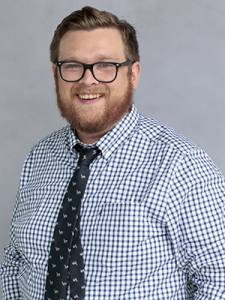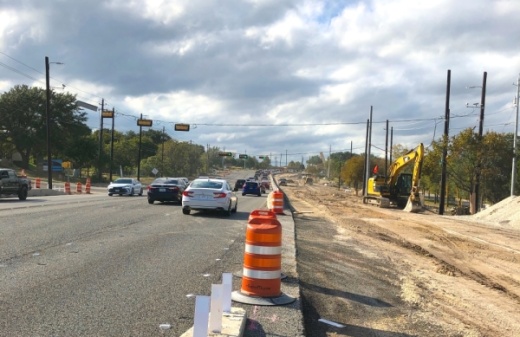Just hours after the conclusion of a joint meeting between Austin City Council and Capital Metro to discuss funding the expansion of the transit system’s operating network, local officials met in Steiner Ranch discussed how to deliver transit solutions to the city’s surrounding suburban areas.
At the Jan. 14 panel hosted by State Rep. Vikki Goodwin, D-Austin, three area mayors were joined by Austin City Council Member Jimmy Flannigan and Dottie Watkins, chief operating officer and chief customer officer of Capital Metro, to address funding concerns and limitations for communities outside the city’s reach.“Regional [planning] is challenging,” Flannigan said. “It is as much about land use and growth patterns as much as it is infrastructure.”
LIMITATIONS TO REGIONAL TRANSIT
Earlier on Jan. 14, Austin City Council and Capital Metro held a joint work session to map out a way to fund the transit authority’s Project Connect plans. Those local costs that could reach $7.2 billion.
Funding options include a November referendum that could ask voters to approve a transportation bond by increasing the tax rate or seeking a tax-rate election to provide a dedicated funding stream, according to Capital Metro and city officials.Austin’s surrounding regional partners don’t have access to a pool of funds that large, officials at the panel contended. Due to state law, counties are barred from issuing debt to fund transit projects and that restricts how cities such as Leander, Lakeway or Round Rock connect to each other.
For communities such as Lakeway, which is buffeted by Lake Travis to the north and a nature preserve to the south, creating connectivity solutions is proving to be a hurdle, Lakeway Mayor Sandy Cox said.
“We can only spend our taxpayer dollars on our roads,” Cox said. “The problem is exactly this connection point when you have county [land] between our cities. ... If there is county land in between, you can’t connect them.”
SOLVING REGIONAL CONGESTION
Capital Metro’s proposed plans do include some regional transit improvements, Watkins stated.
The transit agency has earmarked approximately $1.5 billion in additional bus service and Park & Ride locations throughout the city, Watkins said, but direct bus service out to communities like Lakeway and Lago Vista may be too inefficient to make sense.“Not every single place in the region is going to be a logical place to [put] a bus route or light rail down the street, but we know a core of our region calls for that and other areas call for connection,” Watkins said.
Watkins declined to shut down the possibility of the Four Points area getting its own direct bus route to downtown Austin, but the transit executive stated that even if a bus route did exist, the area would need a Park & Ride for commuters.
“For a community like [Steiner Ranch] what we really need is a collection point. We really need a Park & Ride,” Watkins said. “We’ve struggled to find a place to land.”
Instead of expanded full bus service within its city limits, Capital Metro in December launched an on-demand bus service called Pickup in Leander. The service helps to solve the city’s last-mile transit problem of getting residents to and from Capital Metro’s commuter trains that run parallel to US 183, Leander Mayor Troy Hill said.
Hill repeatedly advocated for including additional roadways throughout the panel, stating he did not believe removing lanes for transit was the answer for congestion woes. But the Leander mayor did express desire for regional train options from city to city and said planning partners have to rethink transportation solutions for the future.
“We’ve got an opportunity now while our cities are growing to make a system that is effective and will work in 20 years,” Hill said.Lago Vista is set to launch Capital Metro’s Pickup service inside its city limits soon, Mayor Ed Tidwell said Jan. 14.
While the proposed Capital Metro expansion plan doesn’t include large chunks of funding for regional connectivity, Flannigan and Watkins both said they believe the plan sets up a base for regional expansions in the future, likely in the form of high capacity buses.
“I have as many needs and problems in common with Round Rock as I do with the city of Austin,” Flannigan said, referring to the needs of his council district. “We have to do stuff regionally.”





